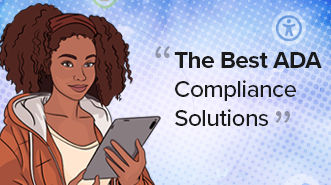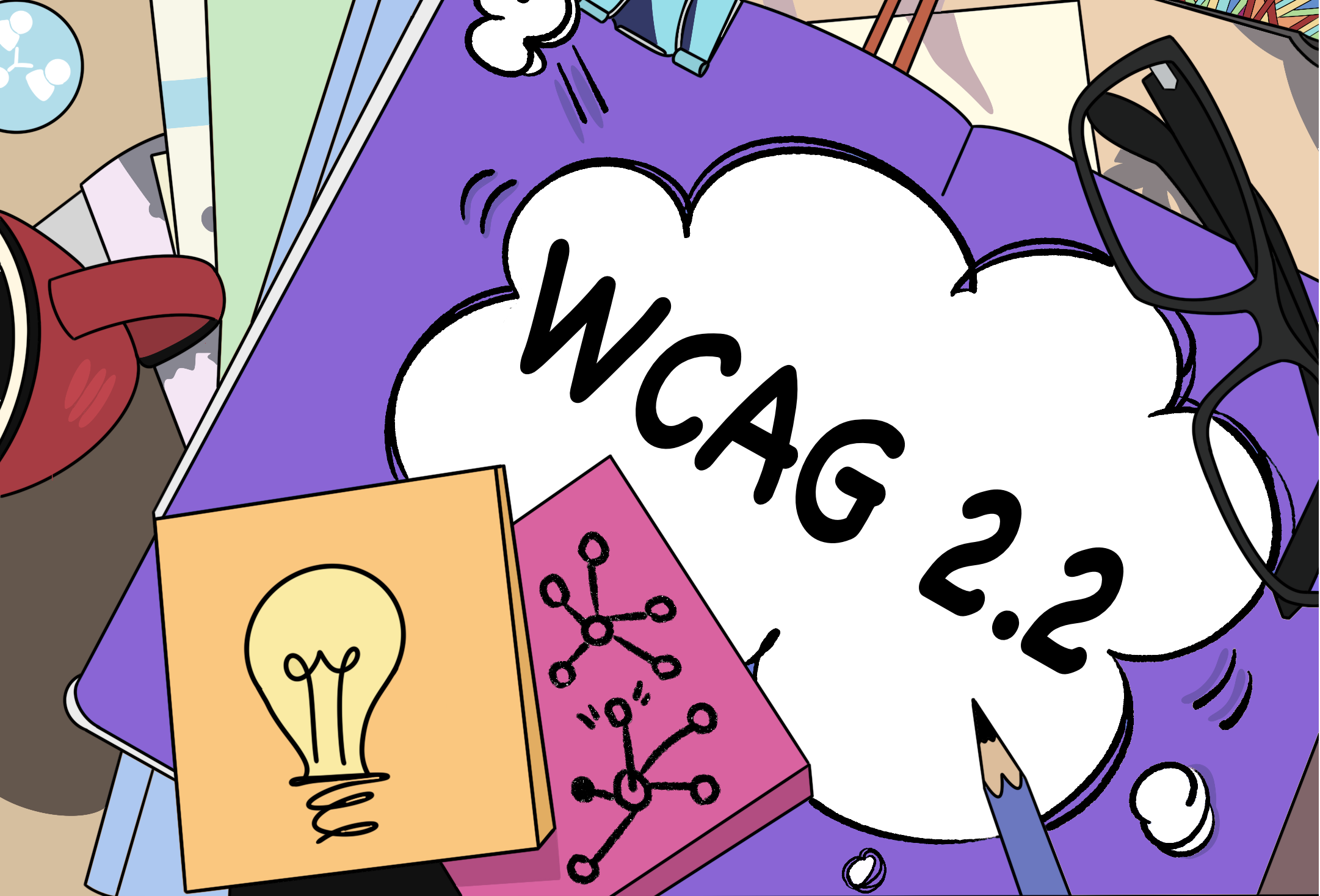People with disabilities comprise a total of around 1 billion people around the world. In most cases, day-to-day physical activities are harder to perform for persons with impairments. The World Wide Web was a new technological tool that was supposed to immediately improve the living conditions of those individuals—which in many cases, it has. But the fact is that online and digital barriers still exist for individuals with disabilities.
Hence, instead of taking advantage of the digital world by those with disabilities—overcoming the physical barriers—they came to face new barriers in the virtual sphere.
Other than the massive frustration experienced by those with impairments, businesses, government agencies, and organizations have missed the apt opportunity to cater to these individuals, earning loyal, returning, and appreciative customers and/or citizens.
The WAI was formed in order to close this gap in accessibility and inclusivity, with the blessing of the
White House, and continues to update, set new guidelines and standards, and lead the way internationally in all matters of accessibility.
What does WAI do?
After participating in a meeting with top U.S. officials in the White House, where the W3C presented a comprehensive accessibility plan, the WAI was launched and with it the leading standards for web accessibility as we know them today.
The purpose of the Web Accessibility Initiative is not only to solve accessibility problems and conceive accessibility guidelines but to serve as an educational body for content creators as well.
As stressed on its official website, “The W3C Web Accessibility Initiative (WAI) develops standards and support materials to help you understand and implement accessibility. You can use W3C WAI resources to make your websites, applications, and other digital creations more accessible and usable to everyone.”
The WAI website has many resources for a slew of Internet users, from developers and designers to trainers, web users, and people with disabilities.
The Web Accessibility Fundamentals
The essential components of web accessibility include the Web Content Accessibility Guidelines (WCAG), Authoring Tool Accessibility Guidelines (ATAG), and User Agent Accessibility Guidelines (UAAG).
The WAI has developed four essential principles for web accessibility that must be at the forefront of all website owners, developers, and web accessibility solution providers before remediating a website or designing a new one.
The four are as follows:
- Perceivable information and user interface
- Operable user interface and navigation
- Understandable information and user interface
- Robust content and reliable interpretation
To learn more about each principle you can
click here or go to the
WAI website for more information.
It is important to note that web accessibility is dependent on several factors that co-relate with each other. It would be difficult to achieve an equal web without the accessible integration between these components. For instance, web content will include anything from text, images, forms, multimedia, and more. Software that individuals use to access websites, however, such as browsers, multimedia players, screen readers, etc. must have accessibility ingredients as well, otherwise, the browsing experience via web pages would be flawed.
A third component—authoring tools—which includes code editors, content management systems, blogs, etc., is also integral for achieving an accessible World Wide Web in the future.
The WAI works to improve these components on all fronts, striving for an integrated solution so there would be no loose ends when it comes to removing barriers for people with disabilities.
We highly recommend anyone who is interested to remediate his or her website check out the Web Accessibility Initiative website to study this field thoroughly—and there’s a lot to study!
If you don’t have the resources or the time, EqualWeb can assist you on your path to accessibility in no time; we have conducted all the research for you. Contact us today and we can discuss + analyze your accessibility status, and what it will take to get you fully accessible and compliant with the law.
Contact us at
info@equalweb.com or
click here.




